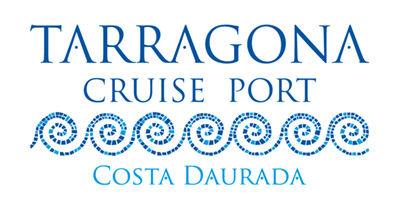

The archaeological remains of ancient Roman Tarraco, a World Heritage Site since 2000, is recognized internationally by UNESCO, which recently declared it a site of Outstanding Universal Value, the highest category attainable. What’s more, the area is home to the Monastery of Poblet, a UNESCO World Heritage Site, the Ebro Delta, a UNESCO Biosphere Reserve, and human towers and Mediterranean cuisine, declared UNESCO Intangible Cultural Heritage of Humanity. In addition, Reus, the hometown of the renowned architect Gaudi, offers visitors exquisite examples of Catalan Modernism, while PortAventura World, with three of Europe’s leading theme parks, is a guaranteed fun-filled experience for guests of all ages. Without forgetting its beaches, such as La Pineda in Vila-seca. The region is also home to producers of outstanding wines and cavas.
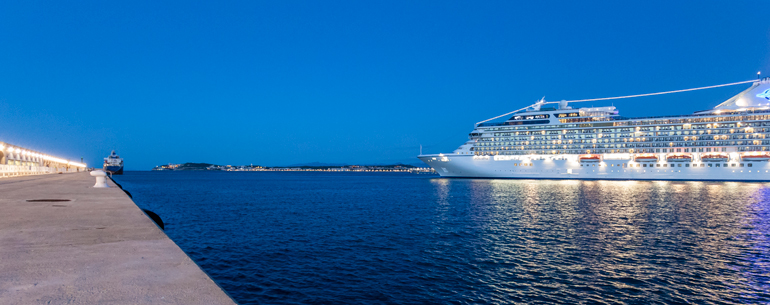
Good infrastructure and operations specialising in the arrival and departure of the cruise ships; ease of access and communication between the terminal, the city and the rest of the area, and a wide range of added value services, characterise the stay in our Port and in our city.
A dock exclusively for cruise ships
Passenger terminal
Attractive discounts on Port tariffs
Exclusive access via the outer Port
Available moorings
Easy mooring operations
Quick and easy administrative procedures
Parking and waiting area for buses
Free tourist information on board or at the terminal
Possibility of a shuttle to the city centre

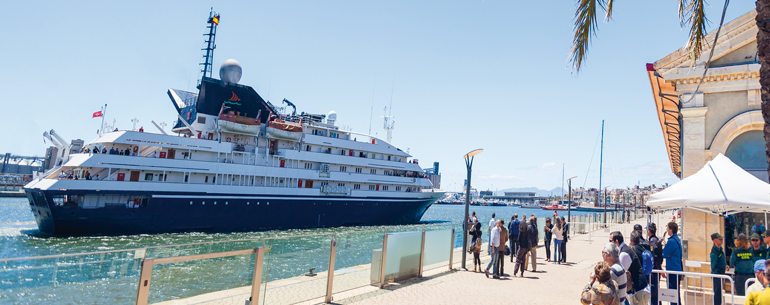
In 2013 the cruise project went from being something purely concerning the port, and evolved into a strategy for the whole area. The cruise board was set up, led by the Port of Tarragona and made up of all the parties involved in the arrival and consolidation of the cruise industry:
Patronat de Turisme de la Costa Daurada
Patronat de Turisme de l'Ajuntament de Tarragona
Patronat de Turisme de l'Ajuntament de Reus
Patronat de Turisme de l'Ajuntament de Vila-seca
Cambra de Comerç Indústria i Navegació de Tarragona
FEHT (Federació d'Empresaris i Hostelers de Tarragona)
Universitat Rovira i Virgili - EURECAT
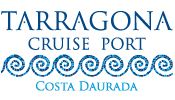
This email address is being protected from spambots. You need JavaScript enabled to view it.
+34 977 259 400 | Ext. 1336
Views of the Balears Wharf built in 17 months at a cost of 30 million euros and inaugurated on 29 October 2021.
The last pictures correspond to the new terminal to be built by Global Ports Holding, operator of the world's largest cruise ships. It will be an innovative, sustainable and efficient state-of-the-art terminal with an investment of 5.5 million euros and is expected to be up and running next spring 2024.
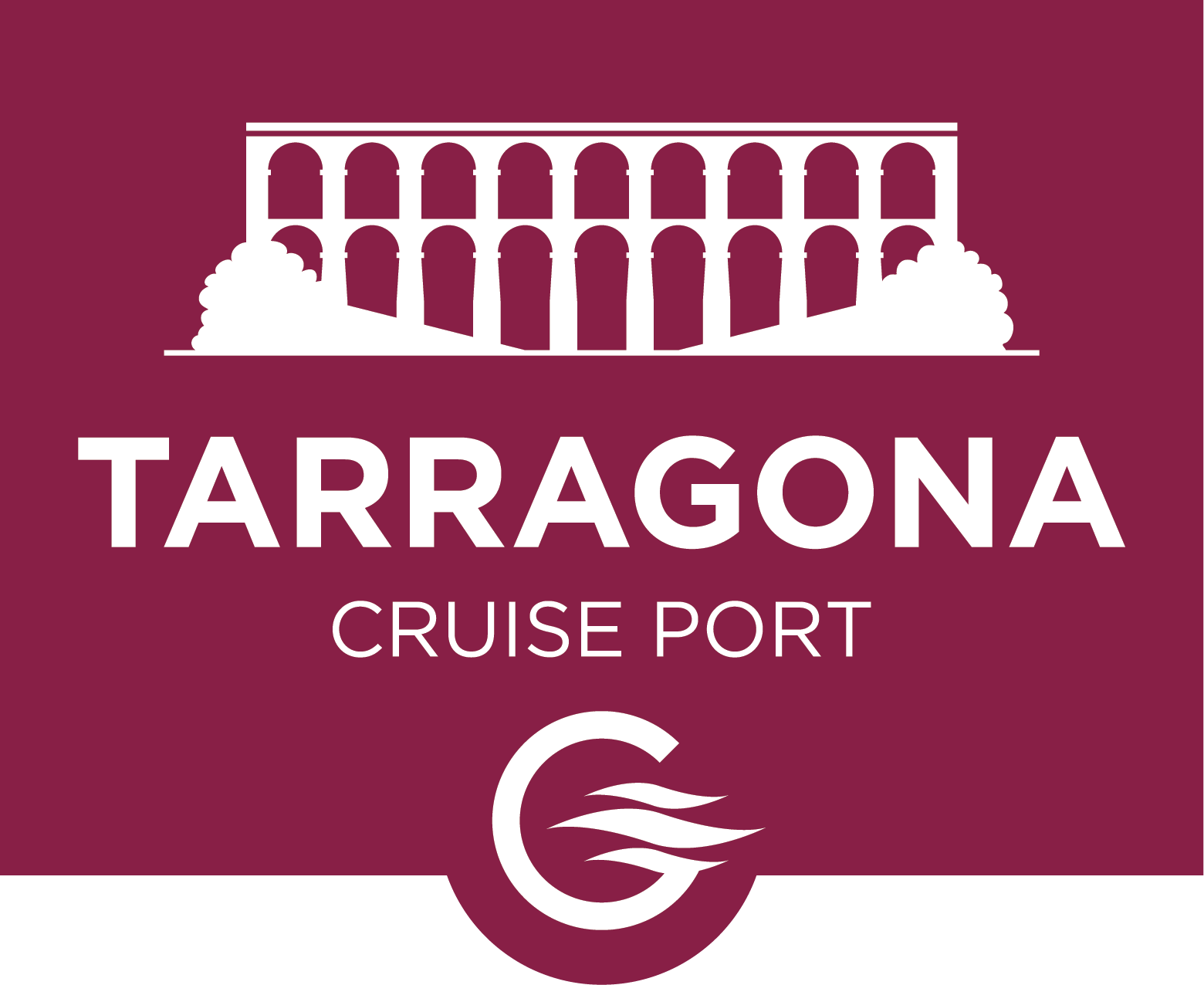
93% of cruise passengers ensure that Tarragona stopover has exceeded their expectations.
Visitors score the Tarragona tourist tour
with a 9 out of 10.
PORT TARRAGONA - INAUGURATION MOLL BALEARS
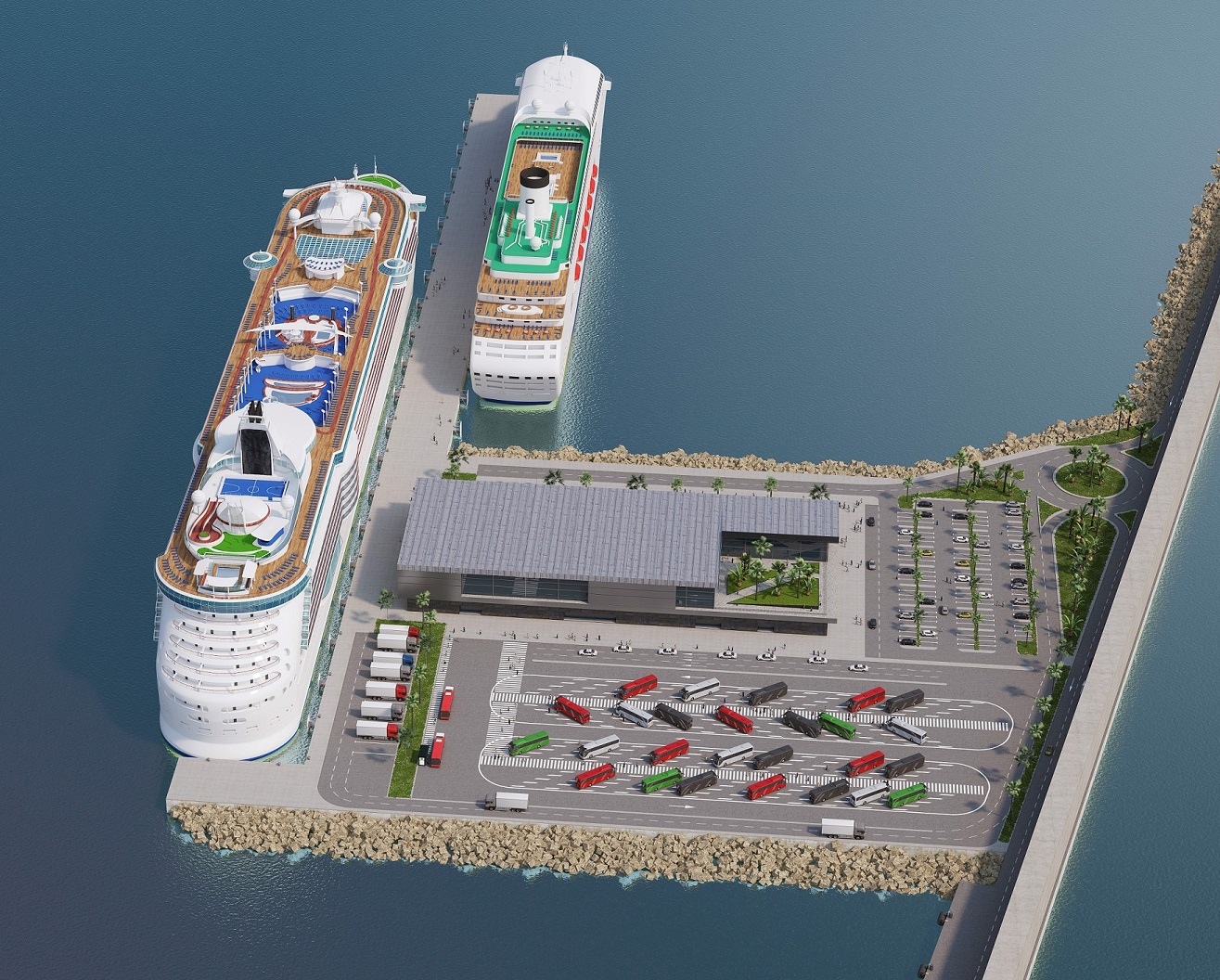
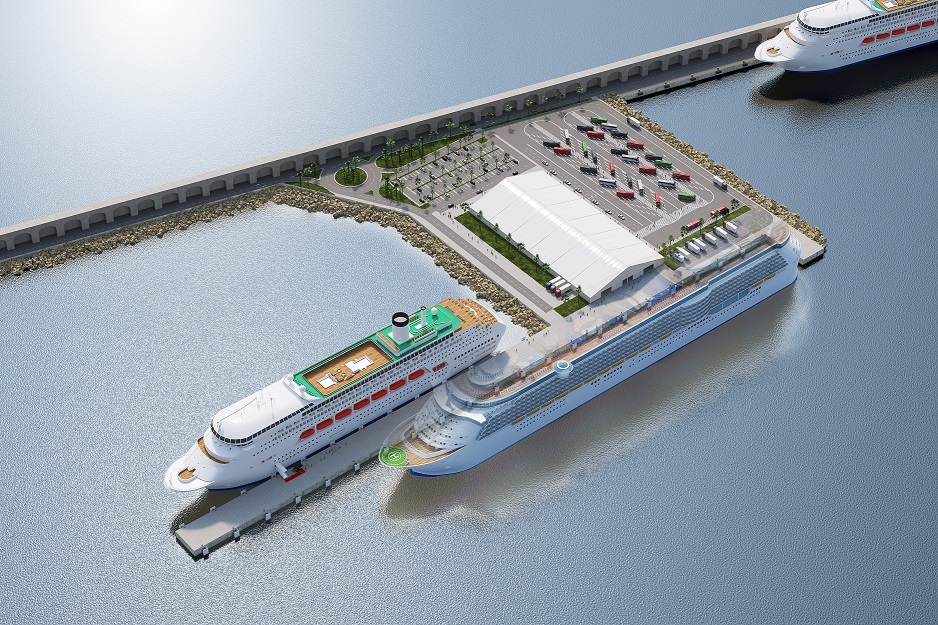
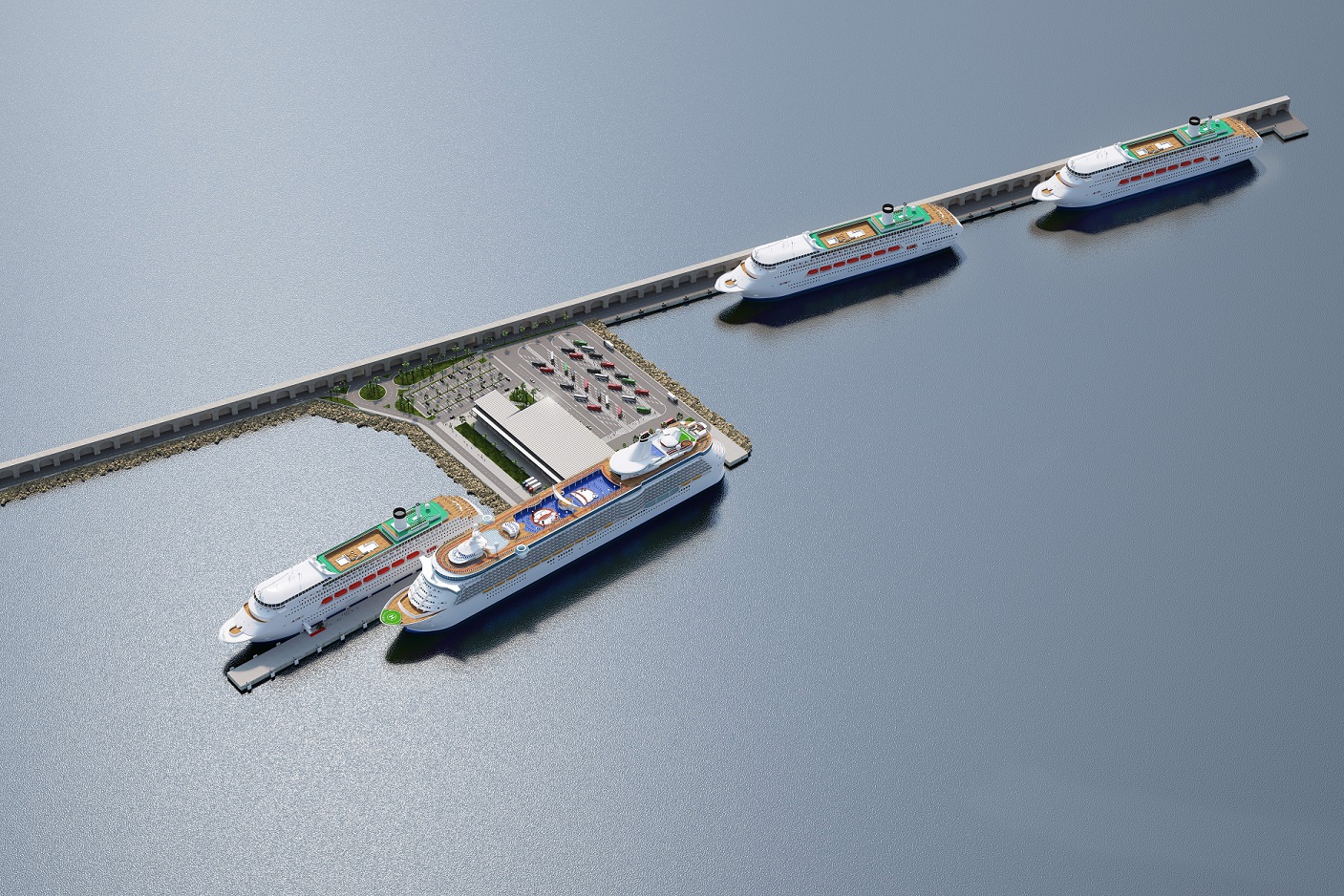
Work on the new Balears Wharf is entering a decisive phase and over the next fourteen months it will transform the face of the Port of Tarragona. This new infrastructure will substantially change the area on the Llevant breakwater used for docking cruise ships, as it will be 460 metres long and have an area of 4 hectares.
The total length of the mooring line will be 700 metres as it will be possible to dock on both sides of 240 of those 460 metres. This means that twice the number of vessels will be able to tie up at the same time and also that the world’s largest cruise ships will now be able to call at Tarragona.
The construction of the wharf –at a cost of more than 27 million euros (+ IVA)– began officially last 17 April with the signing of the restatement ceremony. It will take 14 months and has a completion date of mid-2021.
In the future, the new infrastructure could also be opened up to solid bulk and multipurpose terminal services.
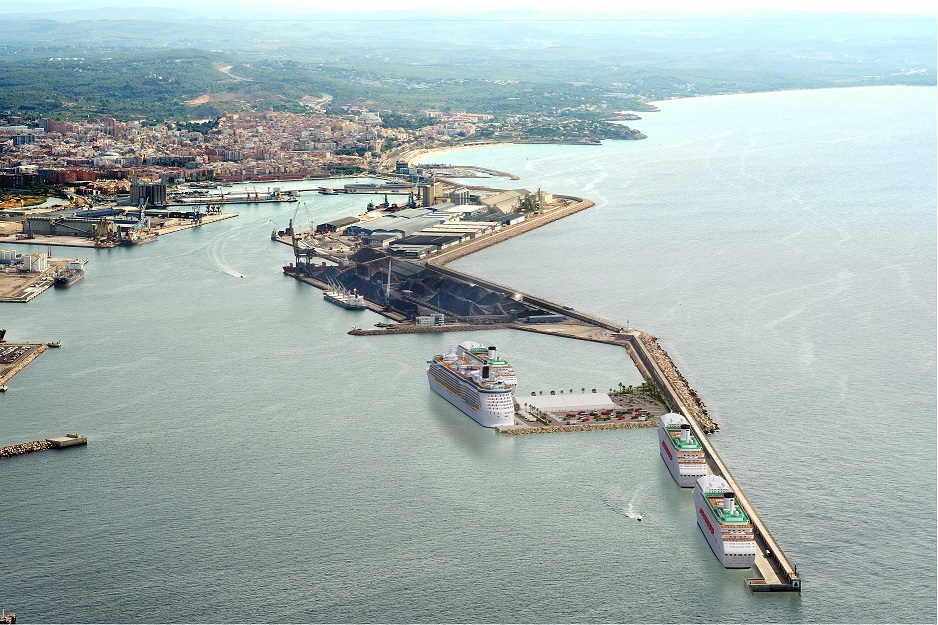
Construction of the Balears Wharf began last April and take 14 months, after which the new installation will come into operation.
First Phase. Reception of the “Mar del Aneto” floating dock, also known as the frame, installed on the Andalusia Wharf. Its function is the construction of the caissons or concrete foundations to be used to build the new Balears Wharf.
This type of platform is used in ports to build wharfs, breakwaters and other port infrastructures. The caisson technology notably reduces the environmental impact compared to other more traditional methods; it also considerably shortens the execution time and is well-suited to the characteristics of the Port of Tarragona.
This first phase begins by setting up the anti-turbidity barrier on the water and removing the part of the breakwater where the new section will be built. The “Mar del Aneto” floating dock will be moved to the Catalunya Wharf and finally the sea bed will be dredged and levelled out.
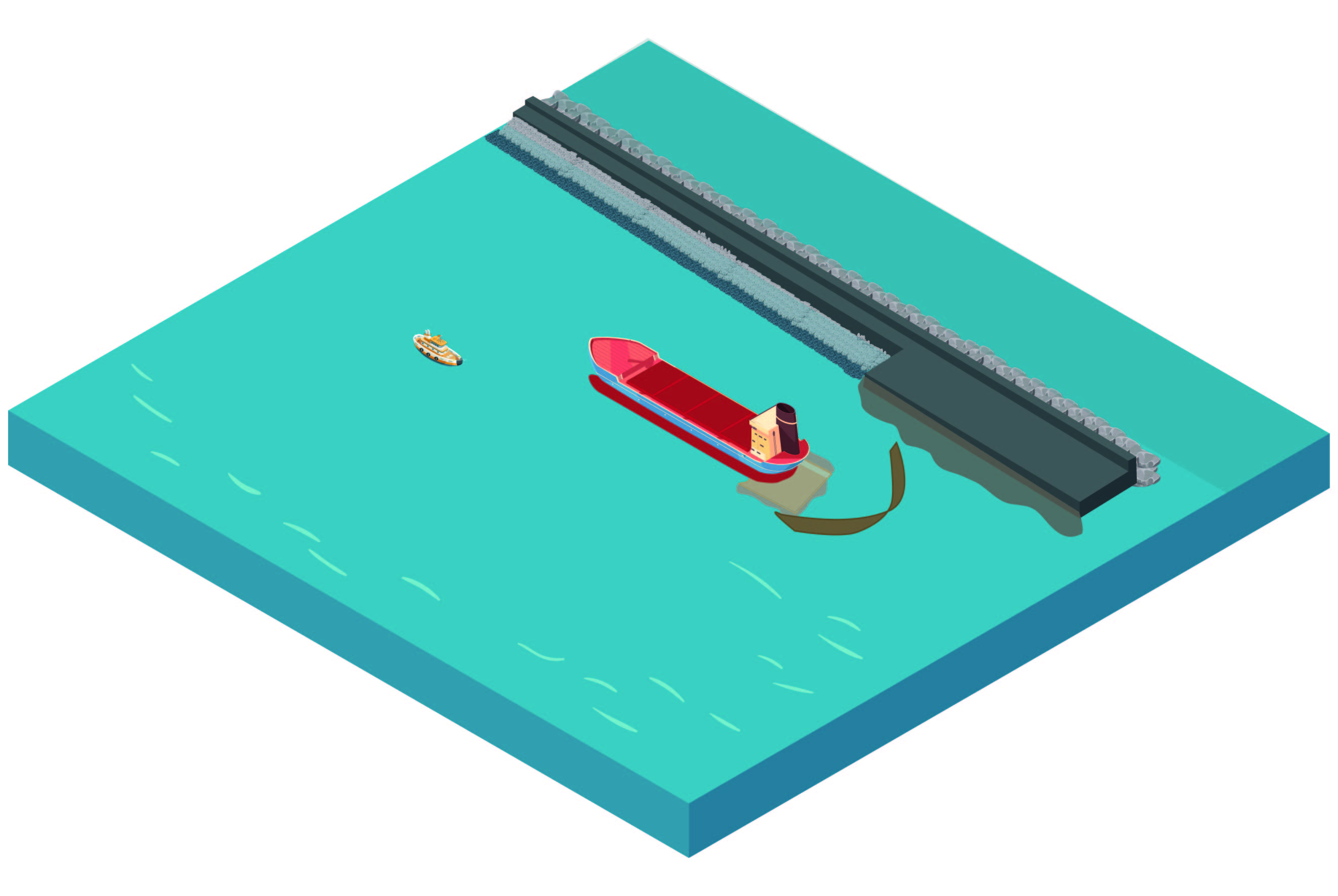
PHASE 1 - PHOTOS
Second Phase. The dredging is completed and work begins on laying the material for the breakwater from the barge.
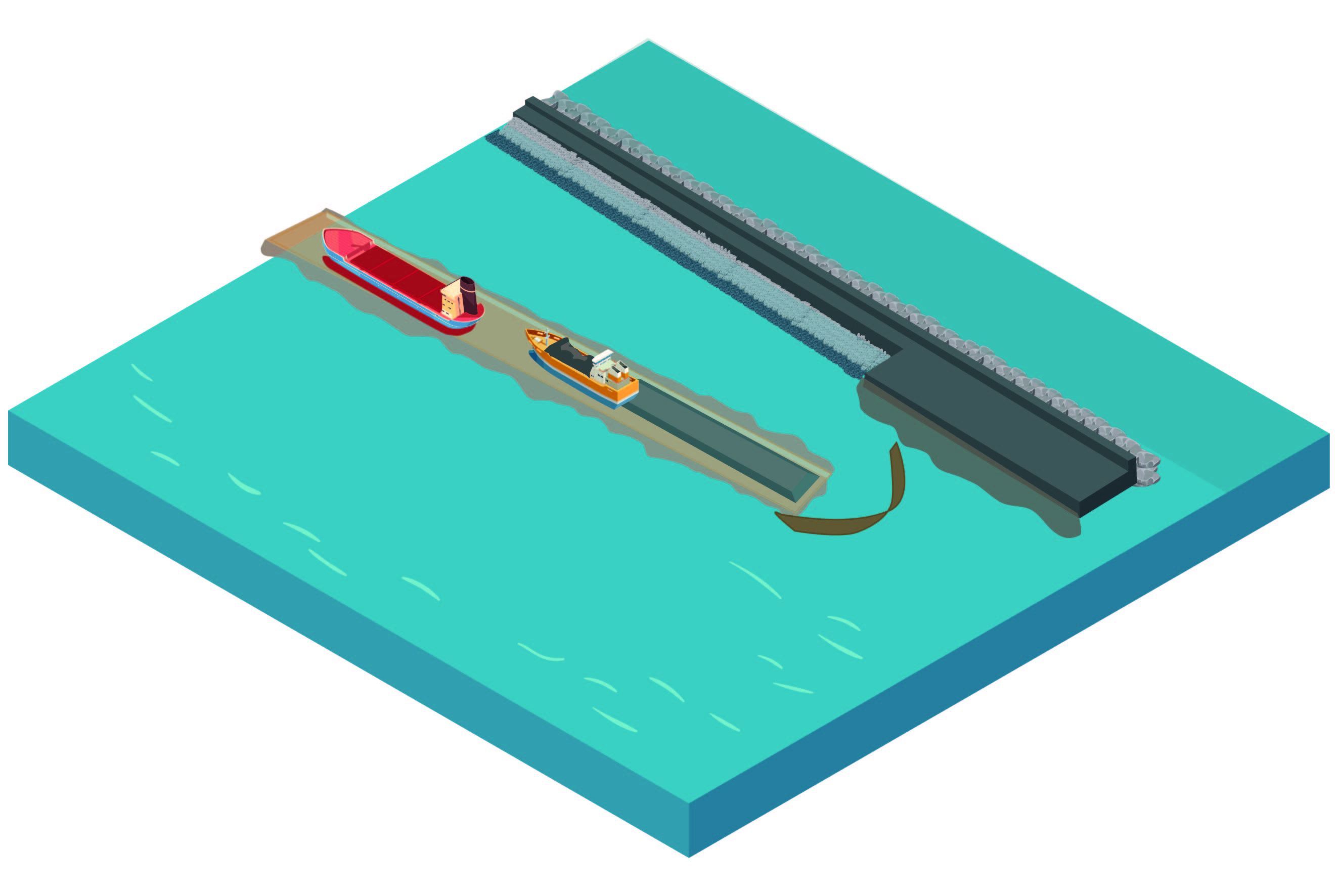
Third Phase. Completion of the laying of the breakwater material by sea, followed immediately by levelling for the caisson placement. Caisson manufacture begins on the Catalunya Wharf and work begins on building the first section of the southern breakwater using sea and land resources.
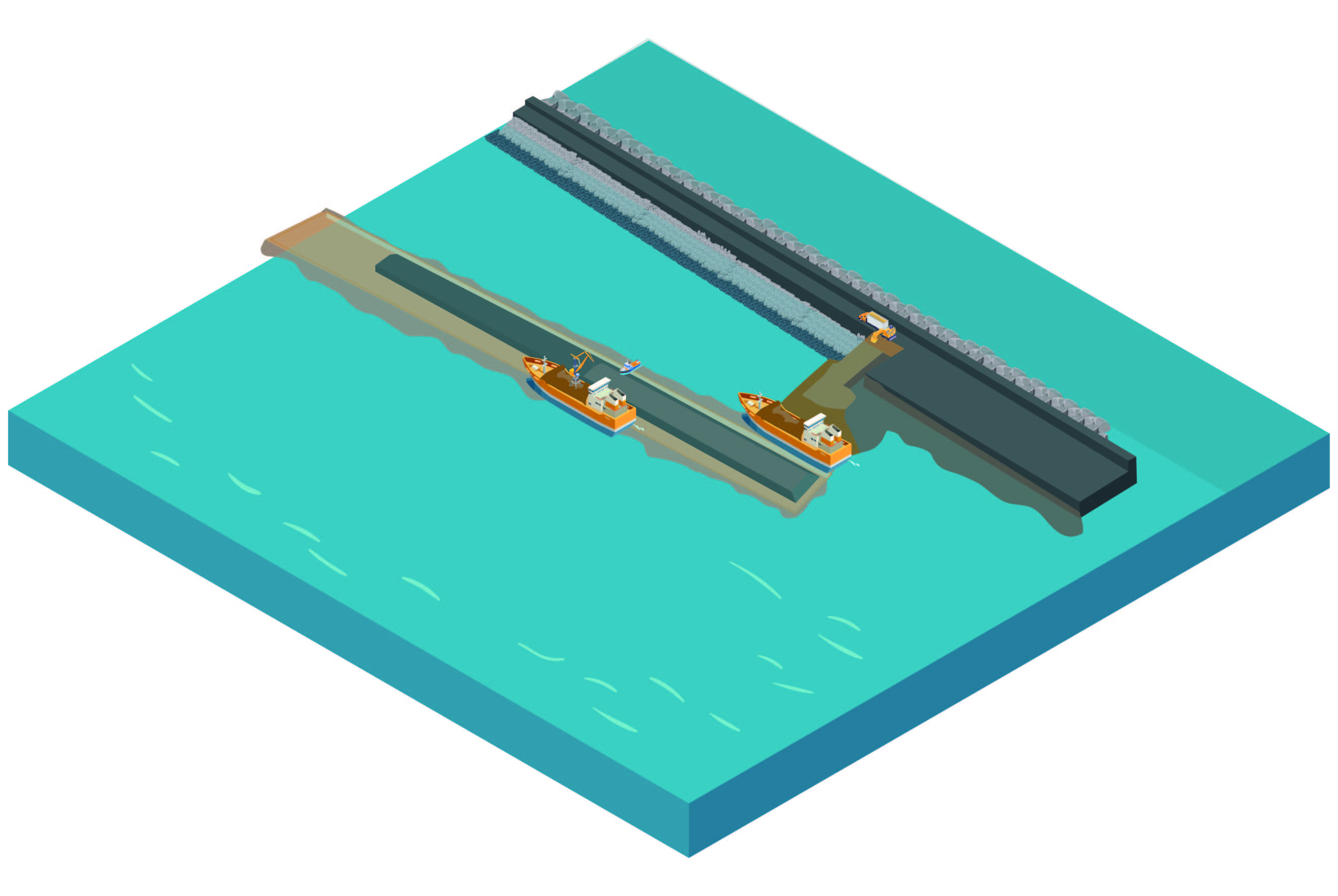
Fourth Phase. Anchoring and placement of the first caissons and completion of the work using land resources on the northern breakwater.
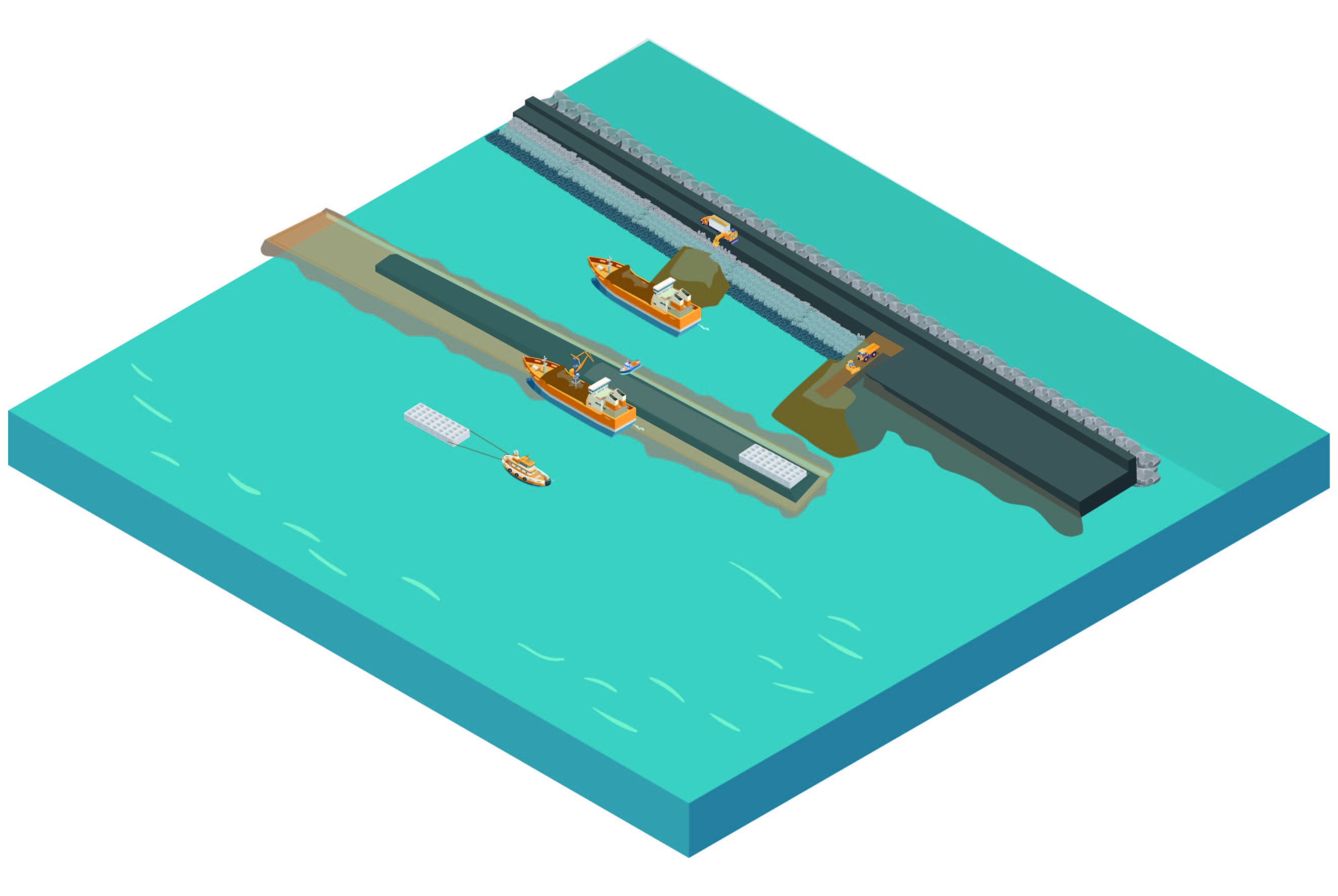
Fifth Phase. Completion of the placement of the caissons.
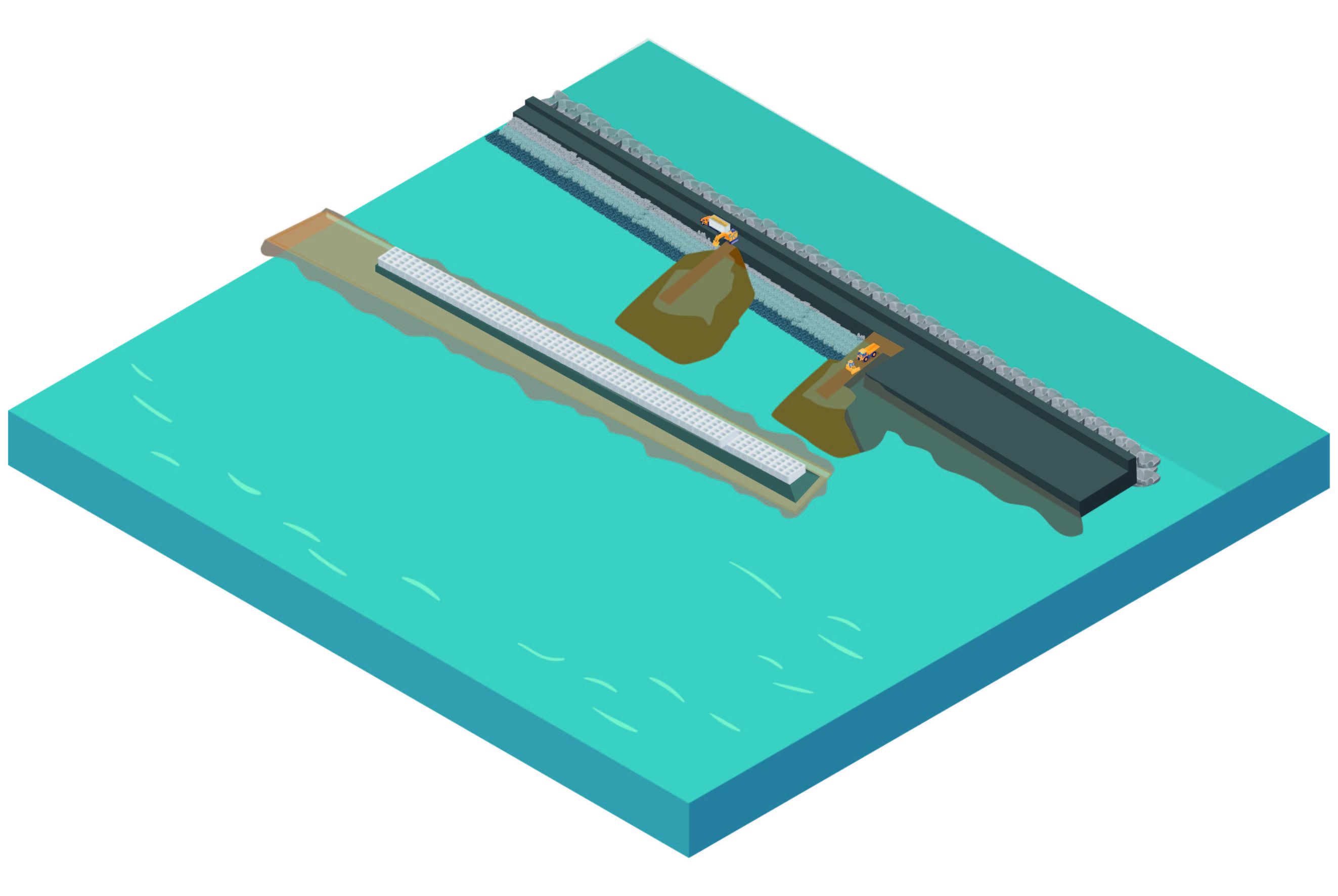
Sixth Phase. Completion of the southern breakwater. The interior cells of the caissons are filled with stone from the land and the breakwater caissons are joined using terrestrial resources.
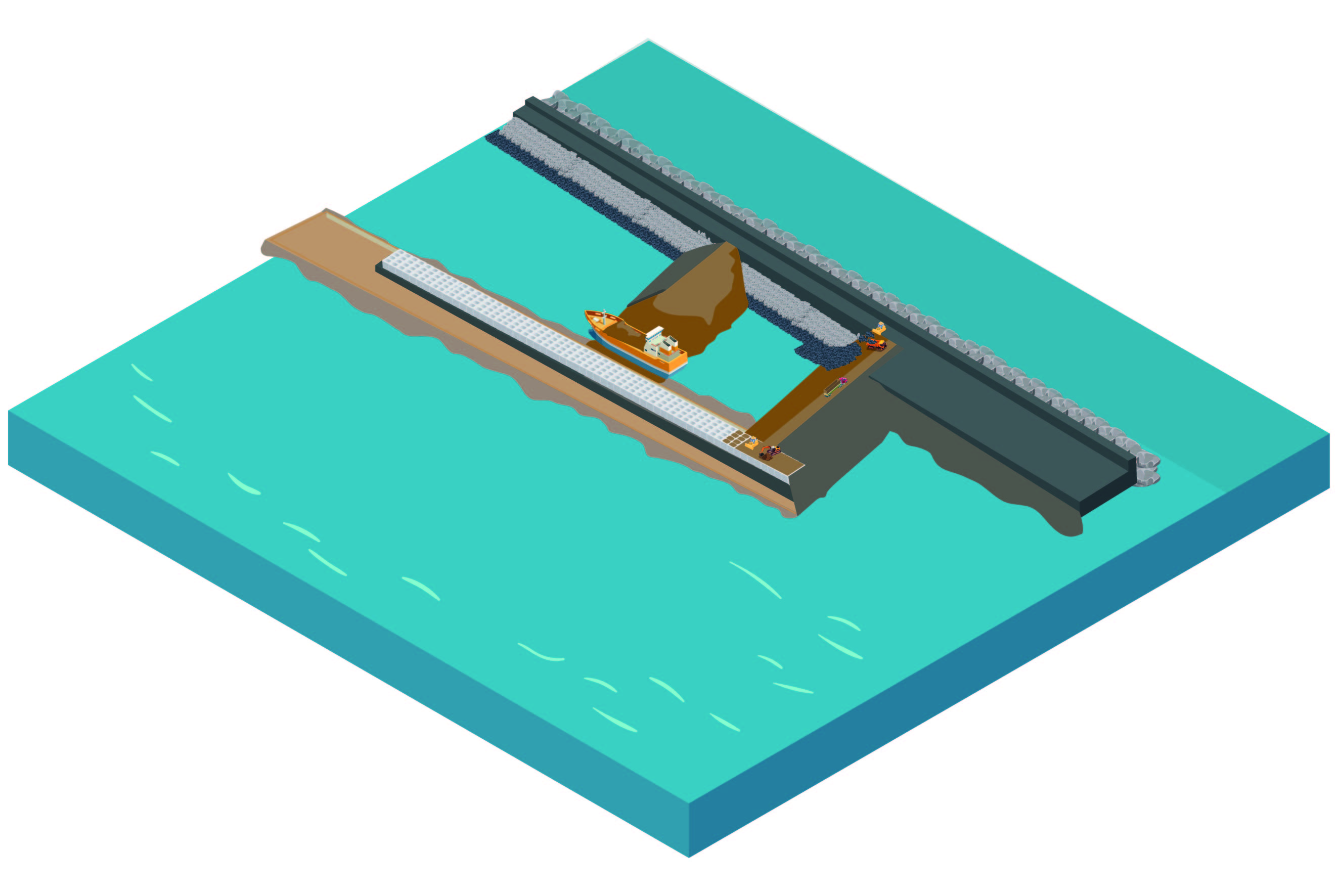
Seventh Phase. Completion of the northern breakwater. In parallel, the construction of the cantilever beam begins and the wharf is filled with rubble using a suction dredger with a cutter.
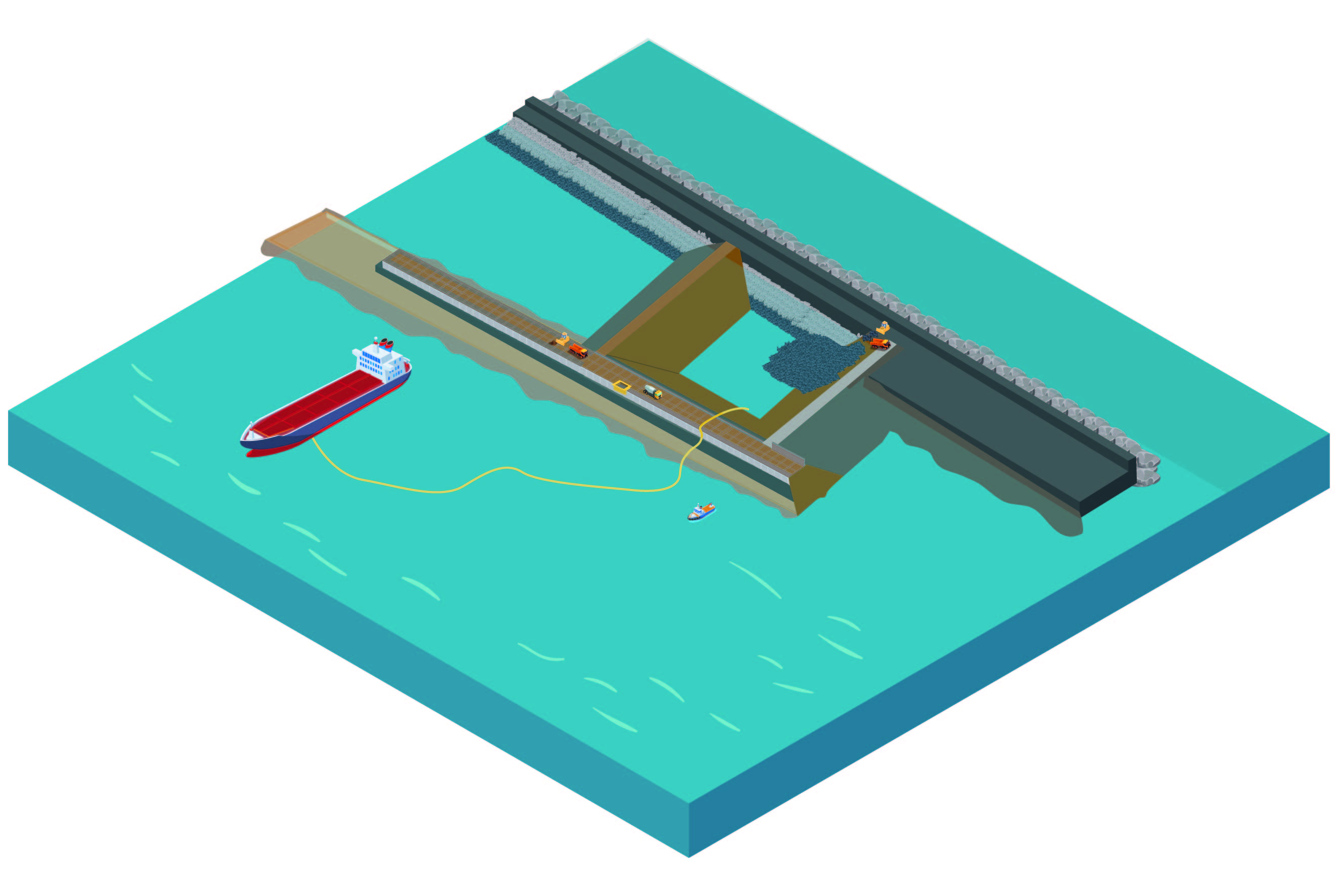
Eighth Phase. The wharf begins to take on an identifiable and visible shape. Placement of the bollards and defences begins at the same time as work starts on surfacing the wharf and the esplanade.
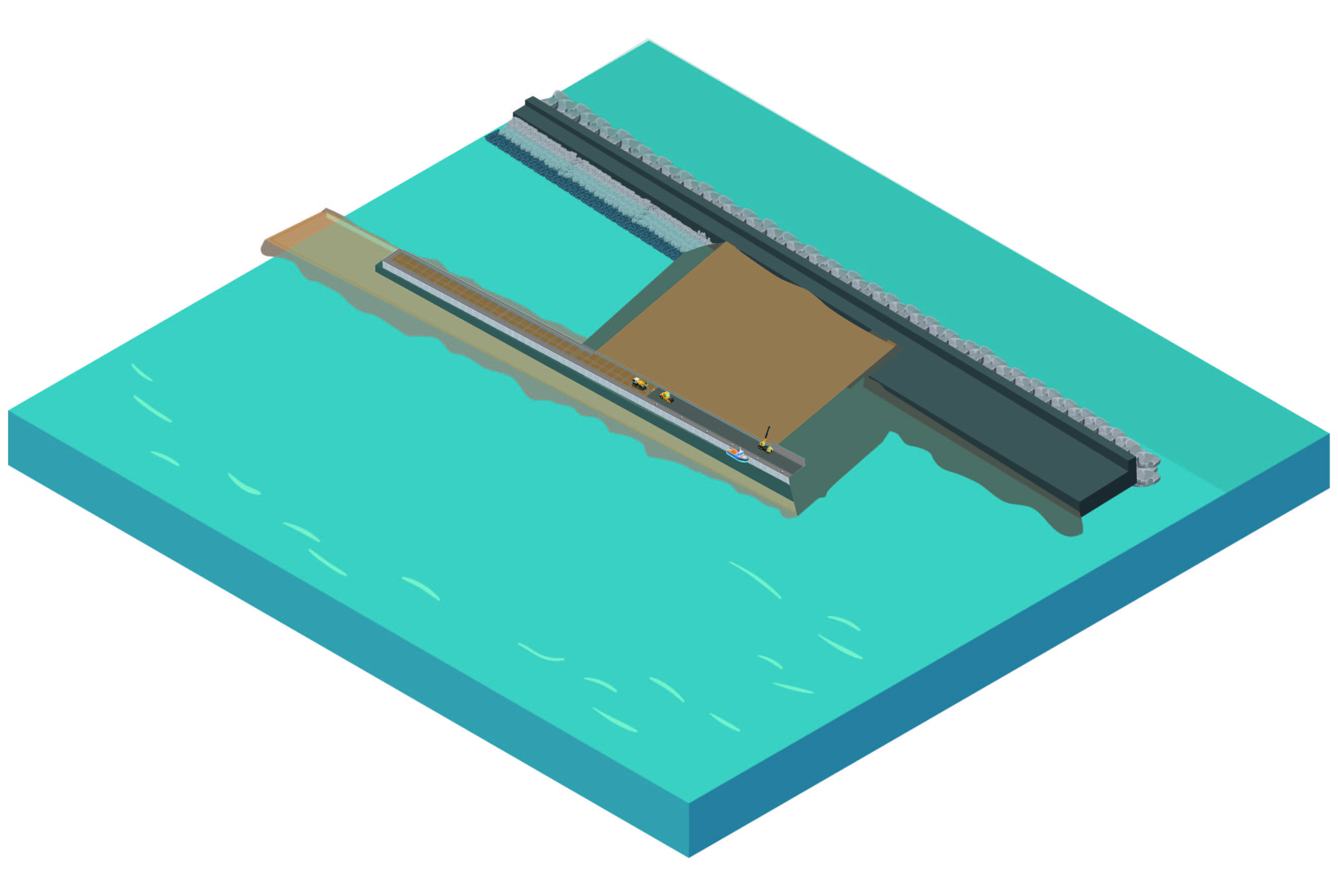
Ninth Phase. At this point the wharf is practically completed. The cantilever beam is completed with defences and bollards. The wharf is fully surfaced and the esplanade is partially surfaced.
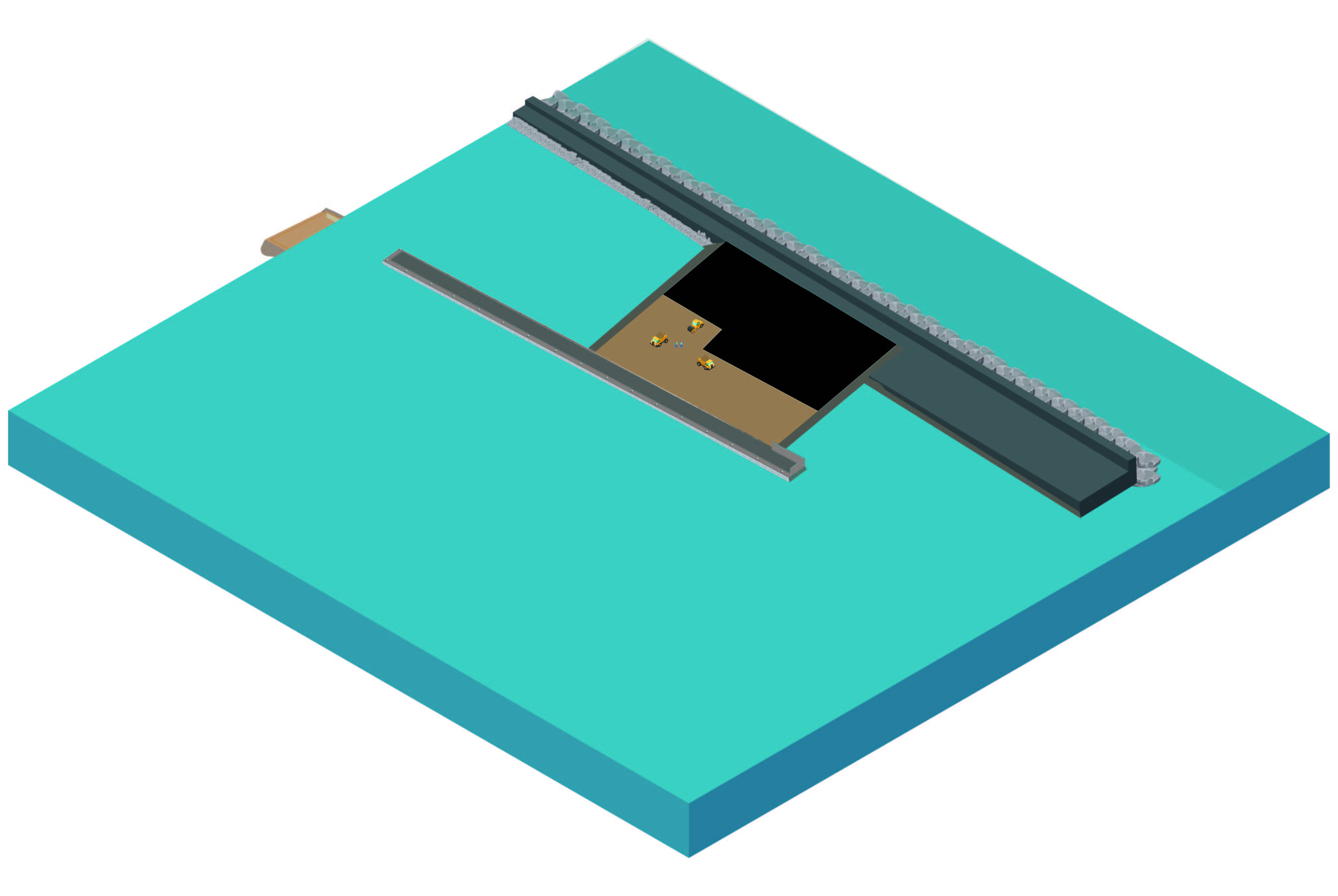
Tenth Phase. After 14 months the wharf is operative.
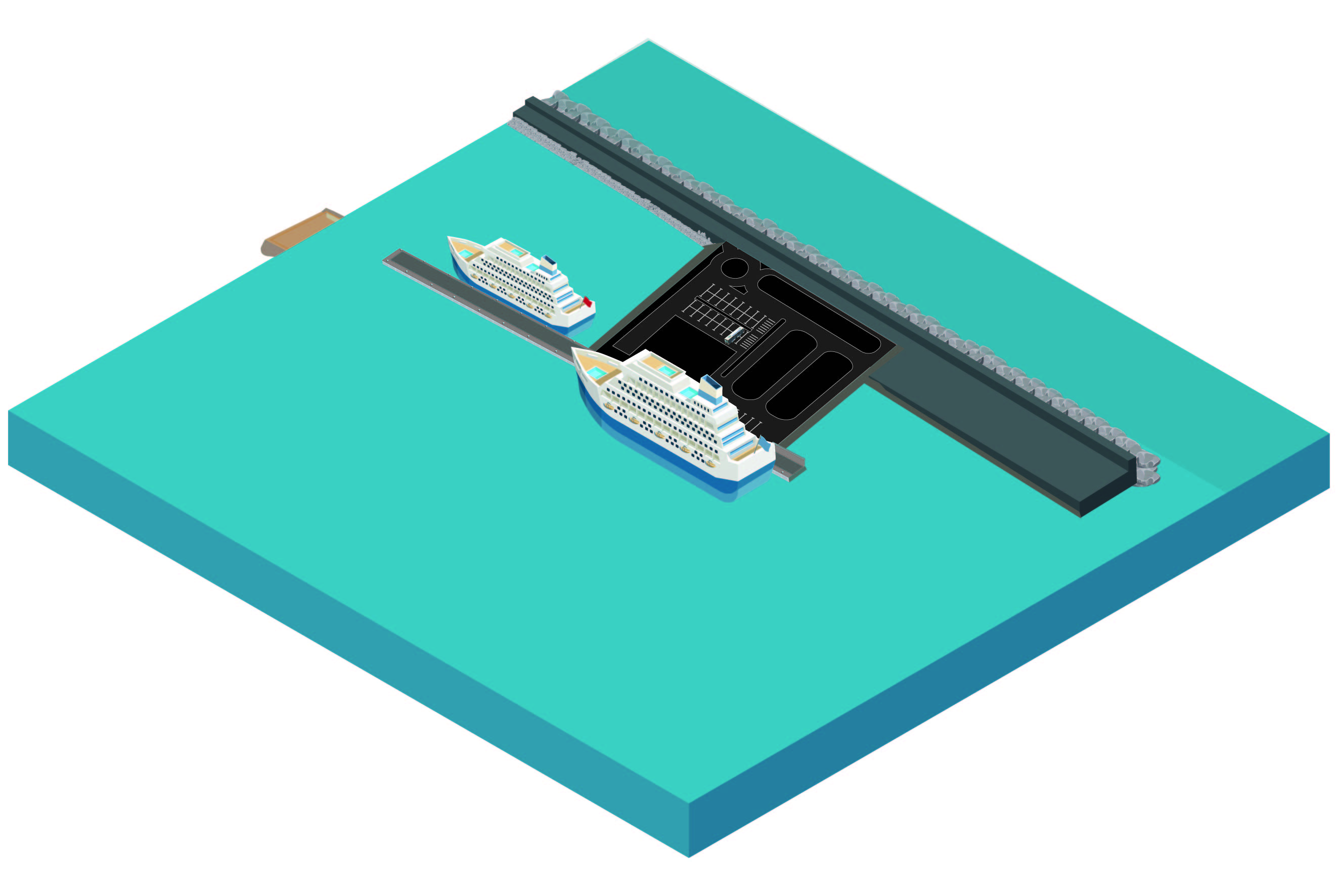
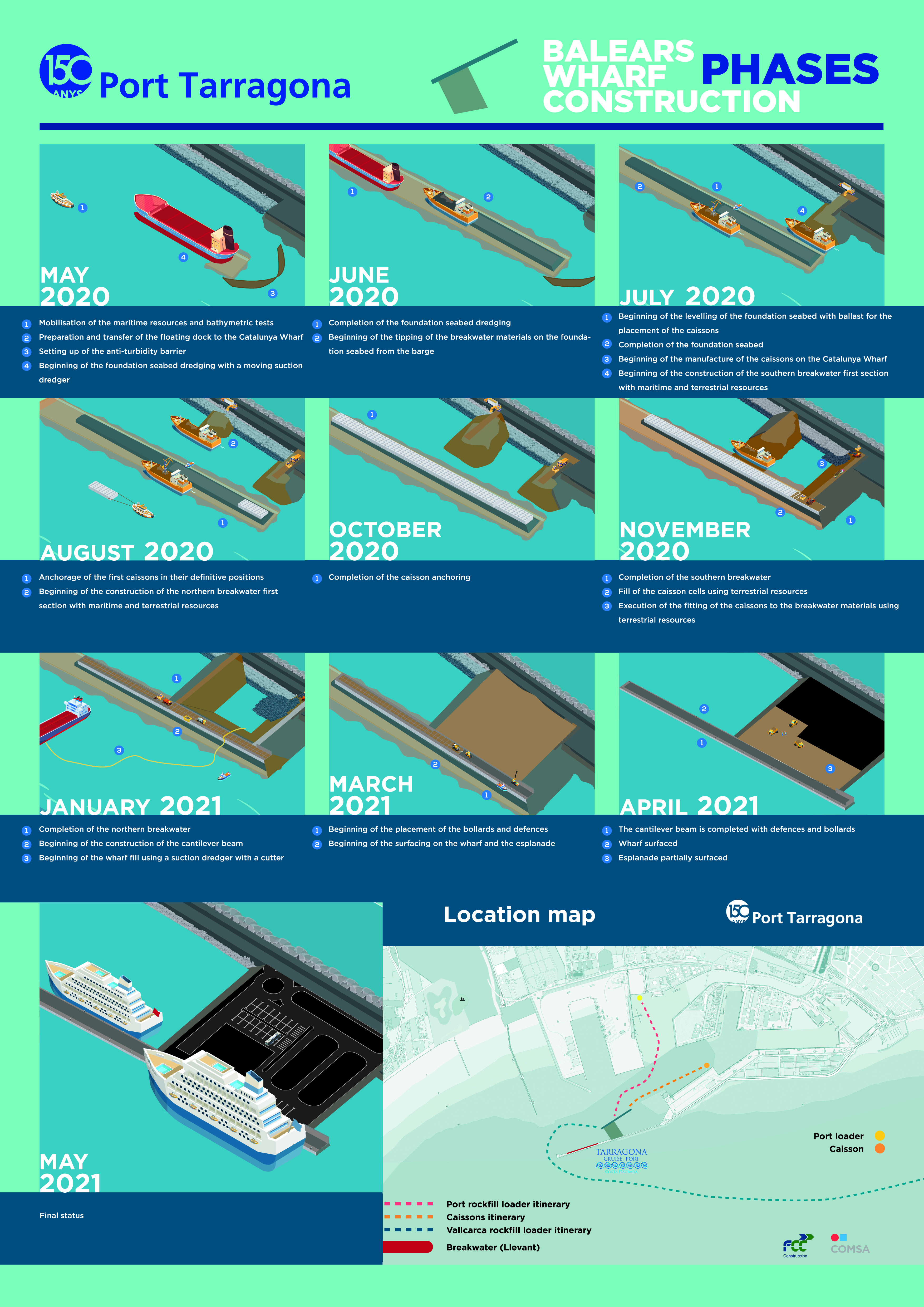
The Port of Tarragona has incorporated voluntary environmental measures into the Balears Wharf project to reduce and guarantee minimal impact of the building work on the environment. It has designed an Environmental Protection Plan to control the actions during the execution of the construction work. It also has an environmental monitoring procedure that it applies systematically to all the building projects carried out by the Port of Tarragona.